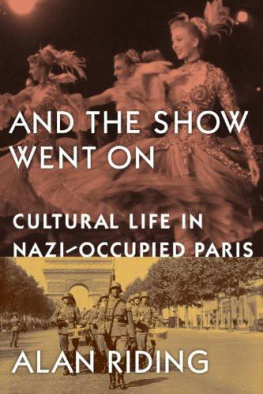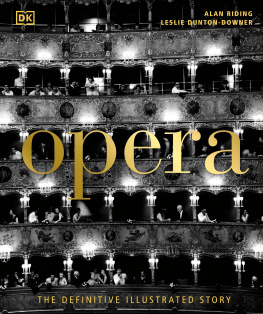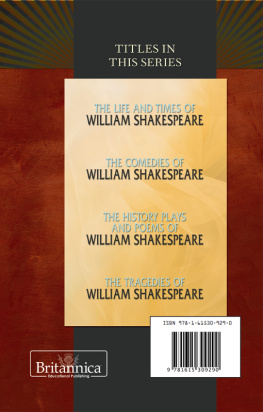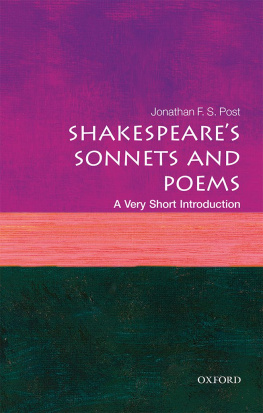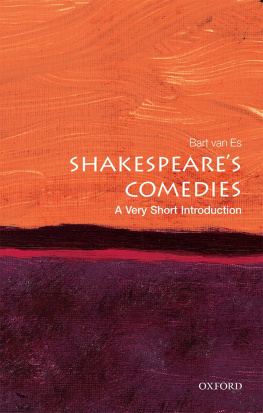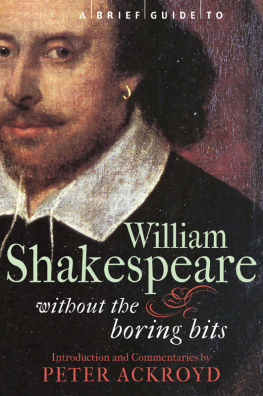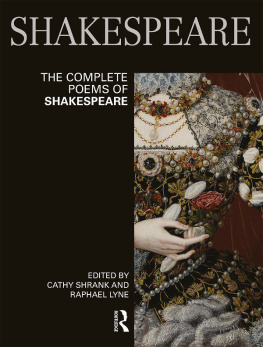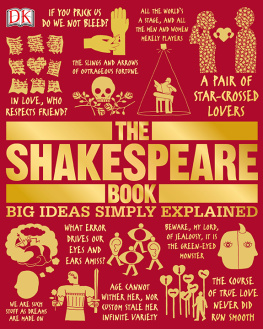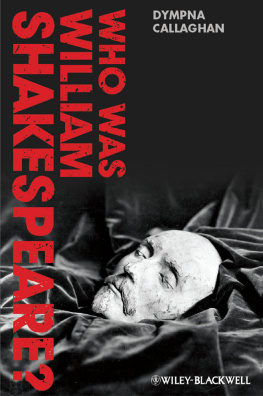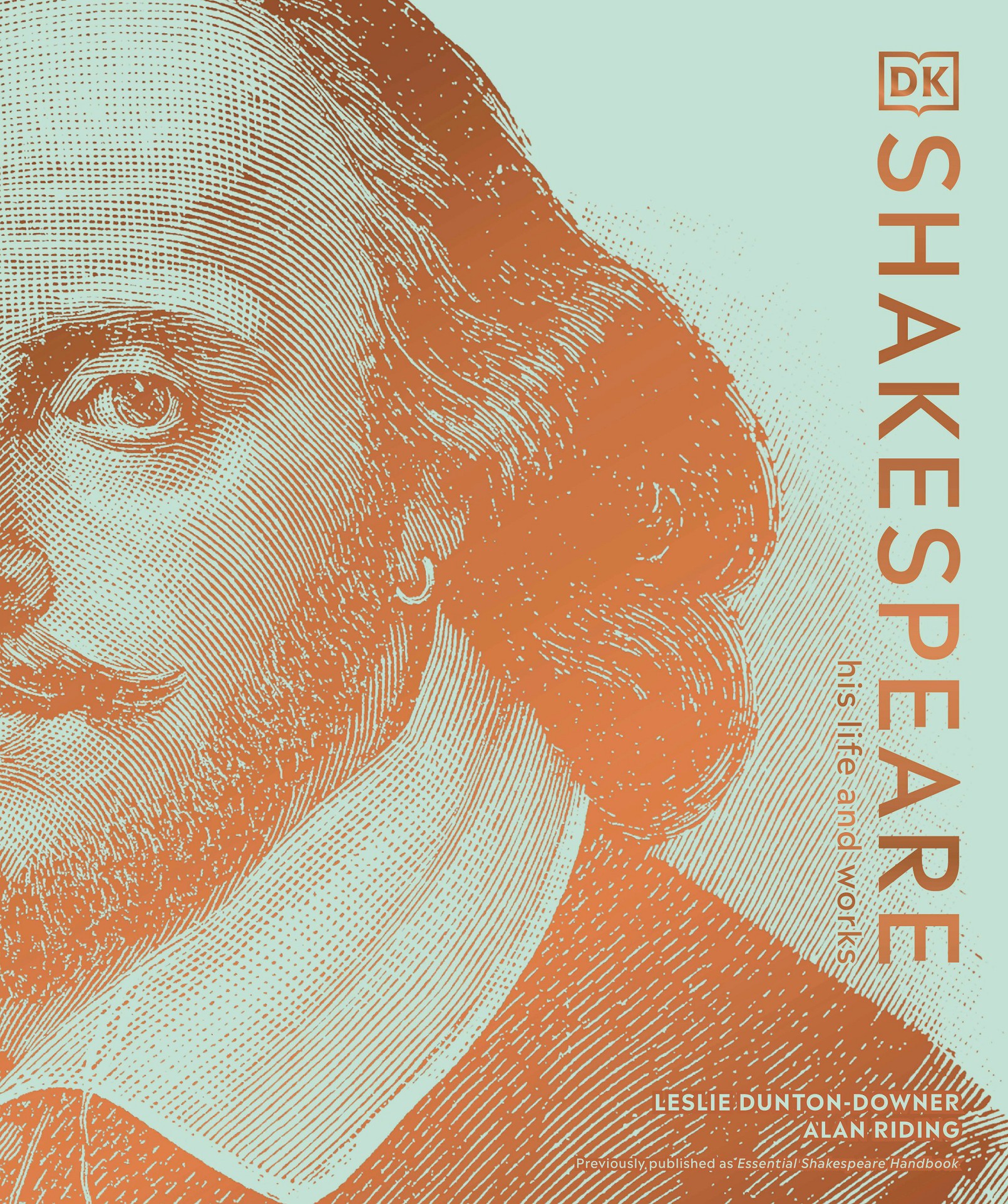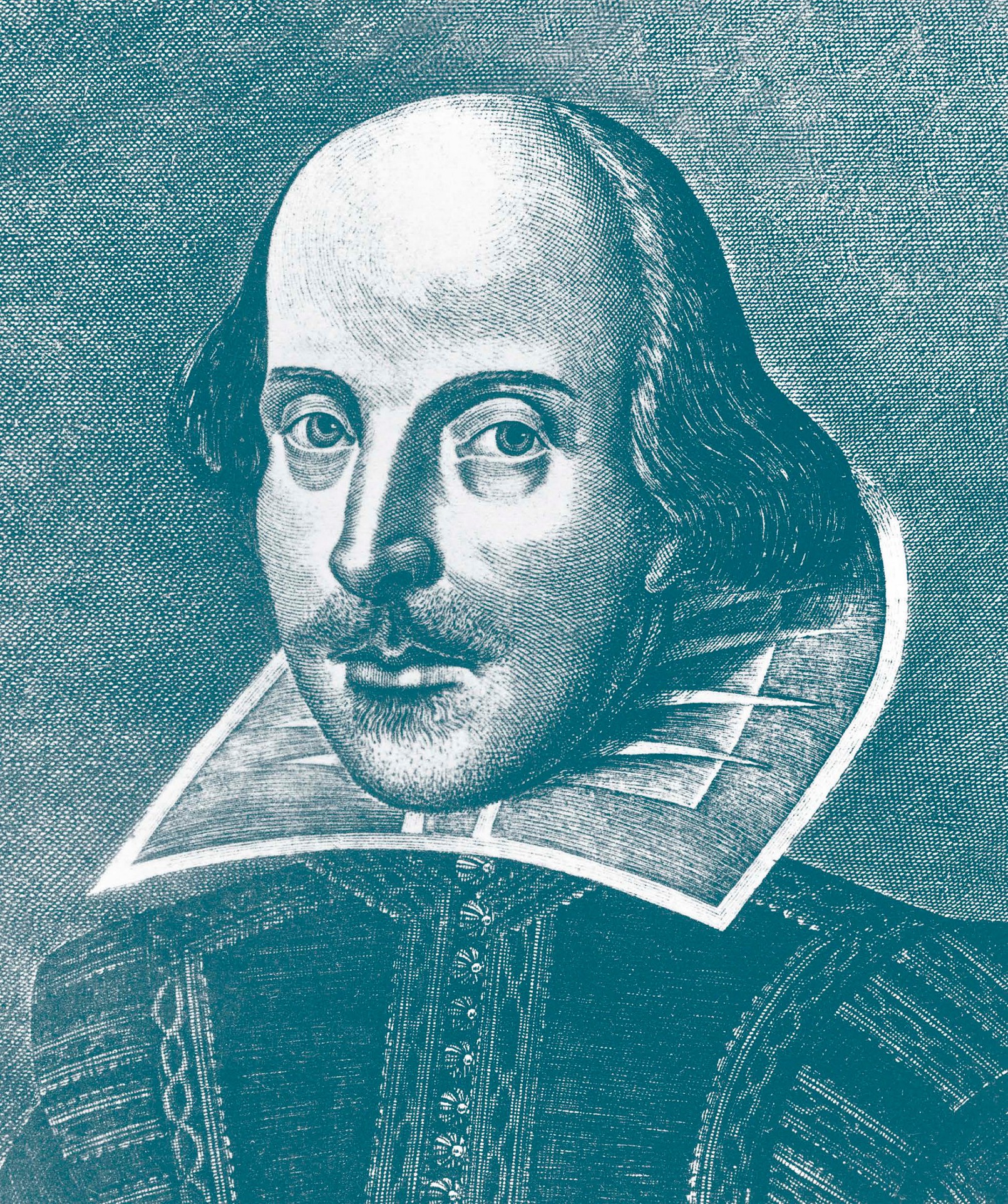
DK LONDON Senior editor Victoria Heyworth-Dunne Senior art editor Helen Spencer US editor Kayla Dugger US executiv e editor Lori Cates Hand Managing editor Gareth Jones Senior managing art editor Lee Griths Jacket design dev elopment manager Sophia MTT Senior production editor Andy Hilliard Senior production c ontrol ler Rachel Ng Art director Karen Self Associate publishing director Liz Wheeler Publishing director Jonathan Metcalf Quantitative analy sis Andrew Berry DK DELHI Editor Aashirwad Jain Assistant art editors Aarushi Dhawan, Simr an Lakhiani Art editors Shipra Jain , Debjyoti Mukherjee Senior editor Anita Kakar Senior art editor Va ibhav Rastogi DTP designers Umesh Singh Rawat, Vikr am Singh Senior picture r esearc her Surya Sankash Sara ngi Picture re search manager Ta iyaba Khatoon Senior managing editor Rohan Sinha Managing art editor Sudakshina Basu Pre-prod uction manager Sunil Sharma Production manager Pankaj Sharma Editorial head Glenda Fe rnandes Design head Malavika T al ukder This American Edition, 2021 First American Edition, 2004 Published in the United States by DK Publishing 1450 Broadway , S uite 801, New Yo rk, NY 10018 Copyright 2004, 201 3, 2014, 2021 Dorling Kinder sley Limited DK, a Division of P enguin Random House LLC Tex t and data copyright 2004, 2013, 2014, 2021 Leslie Dunton-Do wner , A lan Riding 21 22 23 24 25 10 9 8 7 6 5 4 3 2 1 001319145Sept/2021 All rights reserved. Without limiting the rights under the copyright reserved abo ve, no part of this publication may be reprod uced, stor ed in or intr oduced into a r etrieval system, or transmi tted, in an y form, or by any means (electronic, mechanic al, p hotocopying, r ecordi ng, or otherwise) , without the pri or written permission of the copyright owner . Published in Great Britain by Dorling Kinder sley Limited A catalog re cord for this book is available fro m the Libra ry of Congress. ISBN 978-0-7440-3500-1 DK books are available at special discounts when pur chased in bulk for sales promotions, prem iums, fund-r aising, or educ ational use. For details, contac t: DK Publishing Special Markets, 1450 Broadway , S uite 801, New Yo rk, NY 10018 SpecialSales@dk.com Printed and bound in China For t he cur io us www.dk.com This book was made with Fo rest Stewardship Council certified paperone small step in DKs commitment to a sustainable future. For more information go to www. dk.com/our-gr een-pledge
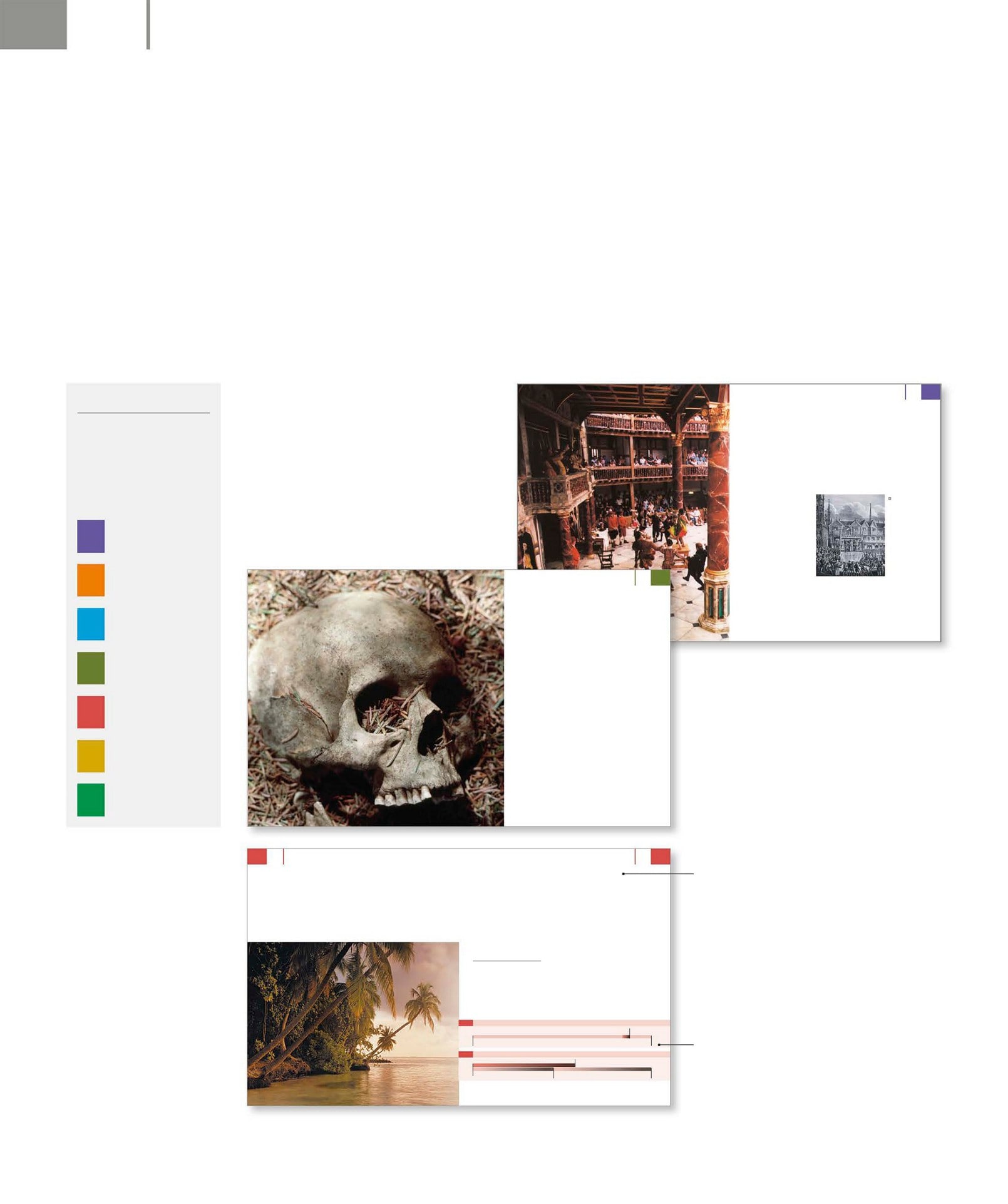
HOW TO USE THIS BOOK How to Use This Book Shakespeare: his life and works is a complete guide to the life and work of William Shakespeare. It is organized into three sections: the rst is an overview of Shakespeares early life in Stratford, his subsequent career as a playwright and poet in London, and his cultural inuence; the second section is a survey of all 39 of his plays, arr anged by genre, then chronologically; the third is an exploration of his nondramatic workthe narrative and lyric poems. COLOR CODING This book is color coded to help the reader nd a specic play , poem, or background essa y with ease. INTRODUCING SHAKESPEARE An opening section gives a biogra phical, cultural, historic al, l iterary , and cultura l referen ce to the life, work, and times of William Shake speare, including a discussion of Elizabethan and Jacobean theater and explanations of literary terms such as verse, prose, and meter . GENRE OVERVIEW Each of the four types of Shakespeare playshistory play , comedy , tragedy , and romance is introduce d by a detailed discussion of the genre as a whole. Th e overlap between genres is discussed, and the Bar ds historica l and literary so urces ar e explore d. THE PLAY S The plays are organized rst by genre , then by the approx imate date of their composition. Each of the plays is discussed in great detail over a number of pages, which are divided into distinct sections. Graphics give at-a-glance , statistic al information that can be used to co mpare certain feature s of the plays, such as the number of lines per act and a comparison of verse to pro se language. Introduction The history plays The comedies The tragedies The romances Nondramatic poetry Global Shakespeare Introduction The top half of this page looks at the genesis of the play , from Shake speares sour ces to its probable rst performance and early production history . The bottom half looks at the backgr ound story to the plot of the play itself . THE TEMPEST THE ROMANCES Behind the play The action takes place almost entirely on an island that evokes fantasies of par adise and political utopia. The island re sembles an idealized New W orld colony of Shake speares era, a powerful realm of the imaginary , much like the theater itself . K ing Alonso, his h eir Ferd inand, and member s of the court of Naples are ret urning home by ship from Tun is, wher e they have attended the marriage of Alonsos daughter to the King of T un is. Also on boar d is Antonio, the usurper Duk e of Milan who 12 years earlier ousted his r eclusive but popular brother , Prospero . Pro spero and his baby daughter were left to die on a leaking boat but instead ended up on a tiny tro pical island. They found the island had been settled by Syc orax, a witch banished from Algiers who had already died but whose evil inuence lived on. The sp irit Ariel, who had been imprisoned for r efusing to obey her , somehow remained her c aptive, while her monster-son, Caliban, still wa ndered the island, claiming to be her heir . When Pro spero and Miranda land, the magician quickly asserts his power , turning Ariel and Caliban into his subjects. Now , l earning that Alonsos eet is sailing nearby , Prospero prepare s his revenge. We are such stu/ As dreams are made on; and our little life/ Is rounded with a sleep 4.1 The Tem pest is the last play attributed exclusively to Shakespeare. Written in 1611 and rst perform ed in November that year before King James at Whitehall, it remains one of the playwrights most popular works. Often presented as a visual spectacular of magic, song, dance, and masque, it has also served as an allegory for every imaginable political and psychological situation. The sources for The Tem pest are not known, and what Shakespeare had in mind is an enigma. One view is that, about to retire, he uses the magician Prospero to reect on his own life as a poet and playwrightin the Epilogue, Prospero claims that his art to enchant has come to an end. But The Tem pest speaks with fresh purpose to every age. In Shakespeares day, it echoed popular belief in witchcraft, excitement at the discovery of exotic new lands, and disapproval of usurpation of power . The Tem pest shortest play: 1,786 lines THE COMEDY OF ERRORS 2,275 lines THE TEMPEST 0 lines longest play: 4,024 lines HAMLET LENGTH OF PLA Y PROBABLE DA TE OF PLA Y 1611 THE TEMPEST 1589 rst play begun HENRY V I P AR T I last play completed 1614 THE TWO NOBLE KINSMEN THE TRAGEDIES The T ragedies Most of Shakespeare s tragic her oes are based on historical gure s. Plutar chs The Lives of Noble Greeks and Latins is the principal sourc e for his Roman plays, Titus Andronicus , Julius Caesar , Antony and Cleopatra , and Coriolanus , and for Timon of Athens , set in ancient Gr eece. King Lear and Macbeth are set in early Bri tain, with protagonists modeled on monar chs documented in Holinsheds Chronicles : Lear was an English king, Macbeth a Scottish one. The Danish prince Amleth, also reco rded in chronicles, became the subject of Hamlet , set in Denmark. The two re maining tragedies, Romeo and Juliet and Othello , which unfold in households of V er ona and Ven ice, ar e based on Italian narra tive ctions by Gira ldi Cinthio. As a group, the tr agedies r ange in styl e and structure, from the stricter , Senecan pro gress of Titus Andronicus , the playwri ghts earliest surviving tra gedy; through the lyric al Romeo and Juliet and soliloquy-rich masterpiece s Hamlet and Macbeth ; to the pathos of Timon of Athens . The Golden Period Tragedies gur e among Shake speares very earliest and latest works, with four written during the reign of Queen Elizabeth and six In his 10 tragedies, Shakespeare confronts the driving forces of human nature, from hunger for romantic love to greed for political power . under King James. Neverthele ss, Shake speares most productive ye ars, known as the Golden Period, were between 1600 and 1608, during the end of Elizabeths reign and the r st ve years of Jamess rule. He then wr ote 10 great plays , six of which ar e major tr agedies: Hamlet , Othello , King Lear , Macbeth , Antony and Cleopatra , and Coriolanus . To explain this exceptional output, some scholars have argued that uncertainty acc ompanying the tr ansition between monarchs pr ompted the playwright to wrestle with tr agic subje cts; others point to the changed mood of England, fr om optimism during Elizabeths reign, to philosophic al inquiry under that of James. Ul timately , Shakespeare s achievement resists an y single explanation. Despite their variety , these plays may be viewed as a group. Trag edies are often contras ted with comedies. While com edies generally r esolve con icts happily , tragedies pursue conicts to the point wher e they destroy individuals, families, and social or ders. Where come dies focus on familial and social continuity , tragedies dilate on the deaths of individuals, and the ru ination of their worlds. And just as c omedies re present the exibility of communities adjusting to ELIZABETHAN AND JACOBEAN THEA TER Previously , the art of theater was pra cticed by university students performing befor e private audiences and by itiner ant play ers traveling th e country . Because their audience changed almost daily , they could make d o with two or three play s, but once they settled into a permanent theater , they needed a more varied progr am. Prehistory of English theater The Elizabethan theaters roots lay in the Middle Ages. F rom t he 11th century , the church encoura ged congre gations to put on mira cle plays rec ounting the lives of favorite sai nts. Then, in the 14th c entury , a dierent genr e appeared in the form of myste ry plays that enacted Biblical stories such as the Crucixion. In time, the m ystery plays tu rned into lavish street spectacles sponsor ed by loca l guilds. However , considere d too Catholic after the Protestant Re formation, they wer e banned in the mid-16th century . By then, mor ality pla ys were al l the rage in England. T hese plays portra yed the perenn ial battle between good and evil. Virtue naturall y triumphed over V ice, b ut a vast ra nge of subjects could be tackled using allegorica l devices. Itinerant acto rs often performed before noisy cr owds in the c ourtyard s of inns, but some troupes also appear ed in guild halls, inns of court, and private homes in London. From t he 1560s, some wer e formed by wealth y nobles and even by the monarch, whose names they adopted. When they tour ed the pr ovinces, they could now boast of being, say , the Queens Men or the Earl of Derbys Players. Some actors Elizabethan and Jacobean Theater Shakespeare the playwright was born of the extraordinary popularity of theater during the reigns of Elizabeth I and James I. Although recognized by his peers as his generations best dramatist, he was hardly a solitary gure. He was preceded by Christopher Marlowe and was followed by Ben Jonson. He also had many contemporaries whose fame did not last: John L yly, Thomas Kyd, Rober t Greene, George Chapman, John Marston, John Ford, Thomas Middleton, John Fletcher , and Francis Beaumont. According to one study, during Shakespeares years in London, as many as 300 playwrights were at work, kept alive by a constant demand for their material from Londons newly established permanent theaters. In this competitive atmosphere, playwrights assumed a status they had never known before in England. Performed annually during the feast of Corpus Christi, mystery plays provided r eligious instruction in English to townsfolk who could not understand the Latin Mass.


